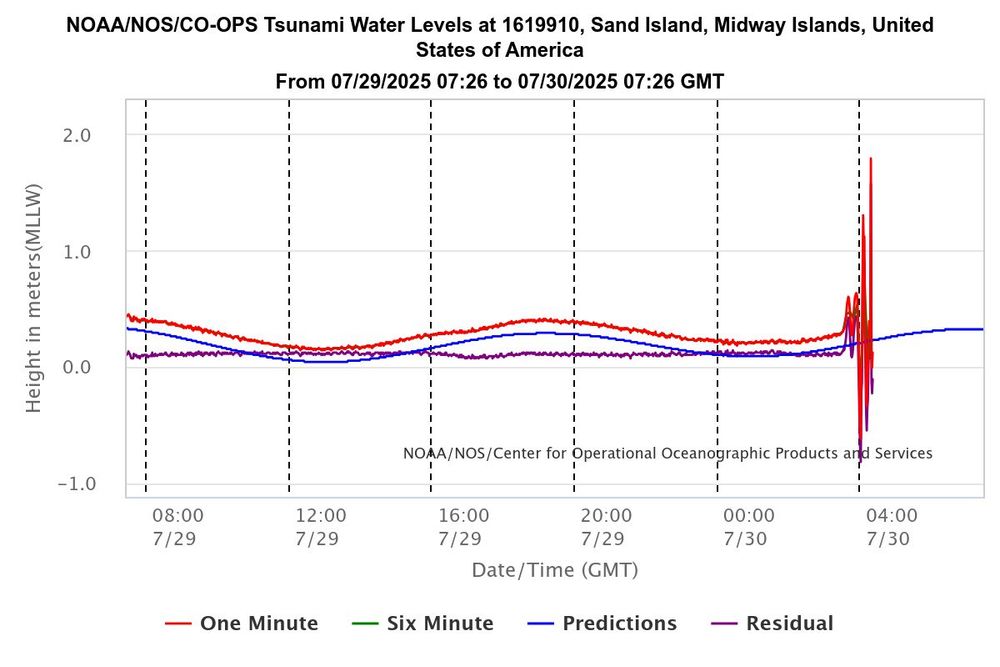Neil Lareau
@neillareau.bsky.social
1.4K followers
74 following
97 posts
Prof. of Atmos Sci. @unevadareno. Mountain WX, Wildfire Plumes, Backcountry Skiing, Frontcountry Dadding. Formerly: @SJSUmeteorology @UUtah
@Livermore_Lab @MWObs https://scholar.google.com/citations?user=UGaGnAgAAAAJ&hl=en
Posts
Media
Videos
Starter Packs
Reposted by Neil Lareau
Neil Lareau
@neillareau.bsky.social
· Jul 2
Reposted by Neil Lareau
Neil Lareau
@neillareau.bsky.social
· Jun 26
Neil Lareau
@neillareau.bsky.social
· Jun 25
Neil Lareau
@neillareau.bsky.social
· Jun 25
Neil Lareau
@neillareau.bsky.social
· Jun 25
Neil Lareau
@neillareau.bsky.social
· Jun 25
Neil Lareau
@neillareau.bsky.social
· Jun 25
Neil Lareau
@neillareau.bsky.social
· Jun 25

Meteotsunami occurrences and causes in Lake Michigan
Water level records indicate that meteotsunamis occur throughout the Lake Michigan basin
Pareto family distributions describe size-frequency character of meteotsunamis
Convective and frontal system...
agupubs.onlinelibrary.wiley.com
Neil Lareau
@neillareau.bsky.social
· Jun 17
Reposted by Neil Lareau
Neil Lareau
@neillareau.bsky.social
· Jun 12
Reposted by Neil Lareau
Reposted by Neil Lareau










